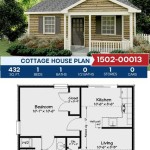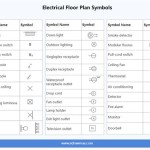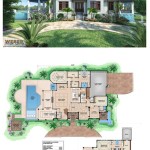Cost Efficient Small Home Plans: Designing Smartly for Affordability
Building a home can be a daunting financial undertaking, especially for individuals and families looking to optimize their budget. Cost efficient small home plans offer a viable solution, enabling homeownership without sacrificing comfort or functionality.
Essential Elements of Cost Efficient Small Home Design
Creating a cost efficient small home requires careful consideration of several key elements:
- Compact Footprint: Smaller homes require less materials and labor to construct, reducing overall costs.
- Efficient Floor Plan: Optimize space utilization through open floor plans, minimizing hallways and maximizing natural light.
- Sustainable Materials: Energy-efficient appliances, insulation, and building materials can lower utility costs over time.
- Smart Construction Methods: Pre-engineered components, modular construction, and modern building techniques streamline the construction process, saving time and money.
- DIY Projects: Completing some tasks, such as painting or landscaping, can further reduce labor costs.
- Negotiation: Negotiate with contractors and suppliers to secure the best possible prices on materials and services.
- Government Incentives: Explore tax credits, grants, or rebates offered by government programs to lower construction costs.
Benefits of Choosing a Cost Efficient Small Home Plan
In addition to affordability, cost efficient small home plans offer several other advantages:
- Reduced Energy Consumption: Smaller homes require less energy to heat and cool, leading to lower utility bills.
- Lower Maintenance Costs: With a smaller footprint, there is less space to maintain, minimizing the need for repairs and renovations.
- Increased Comfort: Well-designed small homes can feel just as spacious and comfortable as larger ones, providing a cozy and inviting living environment.
- Eco-Friendliness: Smaller homes consume fewer resources and generate less waste, contributing to environmental sustainability.
Finding the Perfect Cost Efficient Small Home Plan
To find the best cost efficient small home plan, consider the following tips:
- Research: Explore online resources, home magazines, and architectural firms to gather inspiration and ideas.
- Consult a Professional: An architect or home designer can create a customized plan that meets your specific needs and budget.
- Compare Options: Review multiple plans from different sources before making a decision.
- Consider Lifestyle: Ensure the plan aligns with your living preferences, including desired room sizes and functionality.
- Get Feedback: Share the plan with trusted friends, family, or a professional for feedback and suggestions.
Conclusion
Cost efficient small home plans are an excellent option for those seeking affordability and sustainability without compromising on comfort or style. By incorporating the essential elements discussed above and following the recommended tips, you can create a beautiful and budget-friendly home that meets your needs and enhances your quality of life.
Remember, a cost efficient small home is not simply a smaller version of a larger home. It is a thoughtfully designed and constructed space that maximizes space, efficiency, and affordability, providing a comfortable and rewarding living experience.
Est House Plans To Build Simple With Style Blog Eplans Com

Affordable Home Design Efficient Floor Plans
What Is The Est Type Of House To Build Blog Floorplans Com
Est House Plans To Build Simple With Style Blog Eplans Com

The Best 2 Bedroom Tiny House Plans Houseplans Blog Com

These Small House Plans Pack A Lot Of Punch Houseplans Blog Com

Livinghomes And Make It Right Introduce Affordable Green Prefab House Floor Plans Building A Container Home

750 Sq Ft House Plans Can Be Affordable Craft Mart
Est House Plans To Build Simple With Style Blog Eplans Com
10 Small House Plans With Open Floor Blog Homeplans Com








